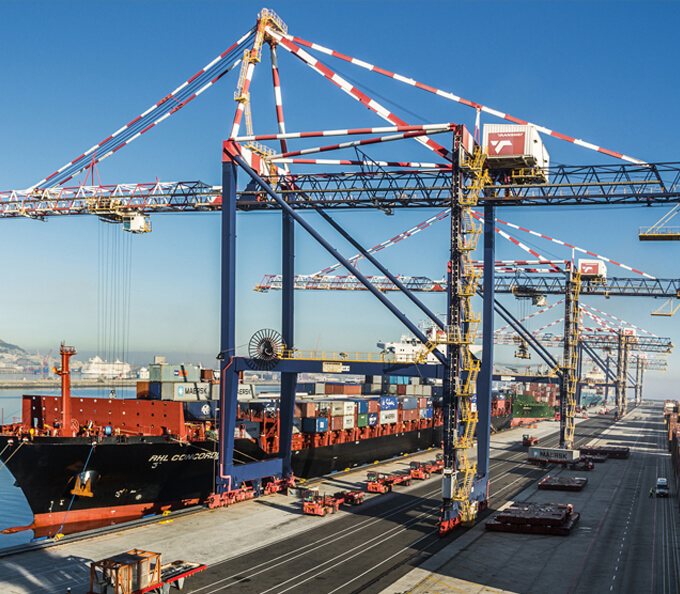Regularly scheduled crane inspections can save companies significant money by verifying compliance with local regulations and highlighting safety and production issues.
Huadelift starts with proper training for those who operate and maintain your crane to ensure they understand proper maintenance and inspection procedures and safety protocols. Here are the steps involved:
Periodic inspections of the crane and its components are performed to look for any defects or signs of wear that may affect the performance of the crane. Develop an inspection plan based on Huadelift engineer's recommendations and regulatory requirements.
Before each use of the crane, a pre-use inspection should be carried out to ensure safe operation. This inspection includes checking brakes, tires, cables and hoists, as well as verifying rated loads and other operating controls.
Regular maintenance should be done regularly to keep the crane in good working condition. Maintenance tasks may include lubrication of moving parts, replacement of worn parts, and cleaning of the crane.
Any defects or problems discovered during inspection or maintenance should be promptly addressed. Repairs may involve replacement parts, welding, or other necessary repairs.
All inspections, maintenance and repairs should be documented to track the crane's maintenance history and compliance with regulatory requirements.
Crane performance should be monitored regularly to ensure it continues to operate safely and efficiently. This may involve monitoring the crane's rated load, operating conditions and other performance indicators.
